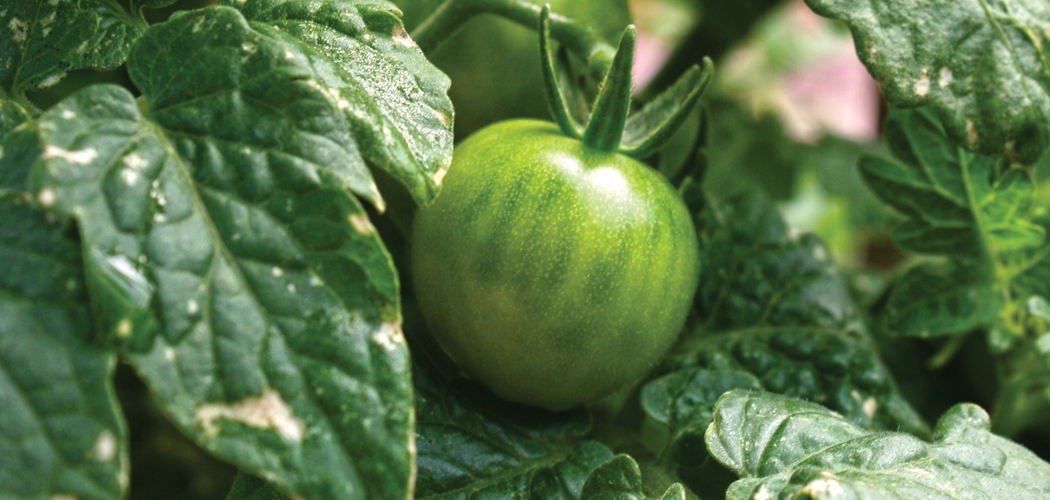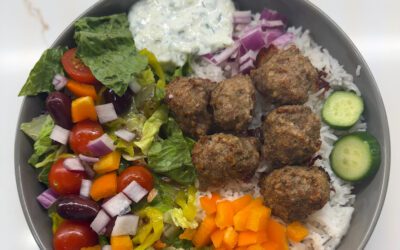[title subtitle=”Words: Tiffany Selvey
Images: Catherine Frederick and Tiffany Selvey”][/title]
I love the whole experience of gardening, from starting seeds to composting spent plants. I love to watch my plants grow, see how they develop, even watch the insects and how they respond to my garden. Every season it’s like watching magic, all the inexplicable things that come together to grow food continues to amaze me each year.
Do you know what I love more than all that? Eating. I’m one of those girls. You know, the ones that order a big medium-rare steak instead of a dainty salad. Perhaps I eat myself into a food coma more than I should admit, but I have no shame. I put that fuel back to work in my garden. Growing may be magical, but if I’m honest, the best thing about it is the free food. Give me a garden tomato over a box of mac and cheese any day. Did you catch the phrasing there? It must be a true garden tomato, not to be confused with the varieties at the grocery store that are bred and grown for long-term storage and shipping. Many of the best culinary varieties are simply not sturdy or long-lasting enough to distribute. These are the varieties you must grow yourself to enjoy. It’s among the reasons that some of the best restaurants now have on-site organic gardens.
It’s easy to take inspiration from those restaurants. Just plant your own foodie garden, enjoy watching your plants grow, and then have a blast whipping up some of the best meals you’ll ever make. Here are some low maintenance, versatile veggies and herbs to get you started.
{ Tomatoes }
All tomatoes are not created equal. When I get my favorite seed catalog from Baker Creek Seeds, the first thing I do is flip to the tomato section, featuring every color of the rainbow, from white, to green, to black. I read and dream about the new varieties, but inevitably I end up growing the tried, true and tasty tomatoes I know and love. For the best tasting slicing tomato, I grow Cherokee purple, a beefsteak type with large fruits. For consistent size, shape, flavor and production, I love Ozark pinks. This variety grows well in hot, humid areas, is disease resistant, and is very productive with a classic, full tomato flavor. If you’re into snacking in the garden, grow a few Sungold grape tomato plants. You will need one plant for snacking and another for eating later so there’s a chance some of the tiny toms might actually make it to the dinner table.
{ Onions }
We can’t talk about a foodie garden without including a variety of onions. Bulb onions, shallots and leeks are flavorful members of the allium family, a staple in nearly every cuisine. They are, I believe, the foundation for good meals. I like just about any recipe that begins with sautéing an onion in oil. For ease of growth, prolific reproduction and excellent flavor, I love Egyptian walking onions, a perennial onion you only have to purchase once to enjoy for a lifetime. This variety is a green onion that can be eaten at any part of development. In June, Egyptian walking onions produce a topset of bulblets, which cause the stem to fall over, thus replanting itself or “walking.” Remove the topset and separate the bulblets, divide the bulbs at the roots to transplant, or just let the onions walk for continuous crops. This variety isn’t fussy about soil, so top dressing with half an inch of compost in the spring and fall should be sufficient.
{ Greens }
I wouldn’t say all greens taste the same, but many can be used in recipes interchangeably with excellent results. Kale, both flat and curly, and Swiss chard are hardy varieties that grow from early spring to late fall with little maintenance. Harvest outer leaves frequently to encourage vigorous growth. Rainbow chard sells at a premium at farmers’ markets for its beauty and taste, but is easy to grow in any ornamental or vegetable garden.
{ Herbs }
I could write a book on culinary herbs and the different varieties that are best for different meals. Instead, let’s focus on common herbs that grow well in the South. Cilantro and parsley are cool-season herbs that bloom and produce seed when the summer approaches (known as bolting). During this process the cilantro plant becomes coriander — the seed of cilantro which is harvested and used as a spice, while fallen seed will regrow as the season cools, creating a fall crop. Oregano and thyme are perennial ground covers that grow well in almost all environments and soils, including containers. Basil, among one of the most popular culinary herbs, comes in many wonderful, flavorful varieties, and makes a stunning addition to a vegetable, herb or ornamental garden.
{ Brussels Sprouts }
A long season veggie, Brussels sprouts can be started in late spring or early summer, and left to grow throughout the summer with little maintenance. The sprouts, which look like tiny cabbages, grow along the stem of the plant. As they get larger, remove the lower leaves to allow more space and easy access for harvesting. Harvest sprouts beginning at the bottom, after the first frost for the best flavor. Harvesting before the first frost results in a more bitter product, which is the reason most people think they don’t like Brussels sprouts. Harvesting properly and roasting the vegetables ensures the sweetest flavor.
[separator type=”thin”]
Balsamic Brussels Sprouts
- 1 quart of fresh Brussels sprouts
- 2 Tablespoons olive oil
- 2 Tablespoons balsamic vinegar
- Salt and pepper to taste
Slice Brussels sprouts in half and toss with olive oil and vinegar. Roast 30 minutes at 400°, tossing once after 15 minutes.
[separator type=”thin”]
These are just a few of the hundreds of wonderful culinary varieties of herbs and vegetables, but they are a great beginning to a foodie garden. When deciding what to grow, always take your own tastes into consideration and talk to local gardeners about what varieties they love to grow and eat.




